Common Name(s): Brigalow, orkor
Scientific Name: Acacia harpophylla
Distribution: Australia
Average Dried Weight: 59.3 lbs/ft3 (950 kg/m3)
Janka Hardness: 2,250 lbf (10,000 N)
Comments: A small to medium sized tree yielding a dense, moderately fine grained hardwood. Brigalow is not commercially harvested, but hobbyists and other craft mills may utilize this wood on a limited basis. Brigalow trees are most closely related to the smaller gidgee (Acacia cambagei)—though the latter’s wood is slightly more dense.
Note: This is a truncated profile page. If you have any helpful info or experience with this wood species, feel free to leave a comment below and I’ll do my best to integrate any relevant data when I expand the page. ~Eric
Images: Drag the slider up/down to toggle between raw and finished wood.
Identification: See the article on Hardwood Anatomy for definitions of endgrain features.
Related Content:


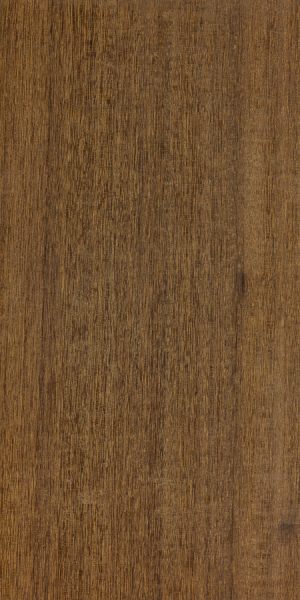
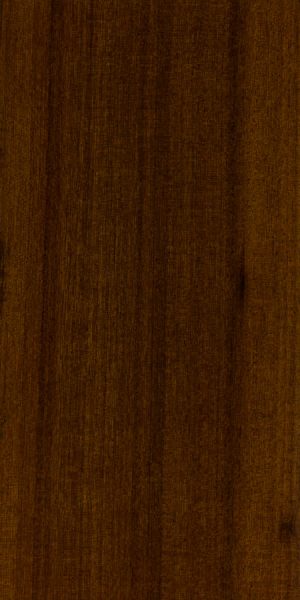
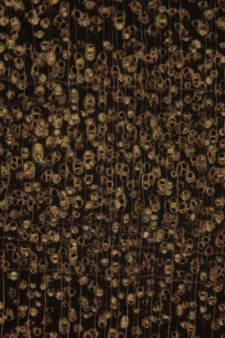

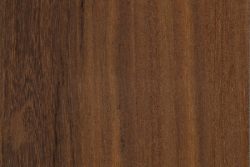
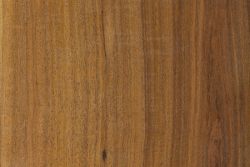
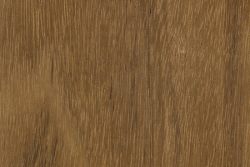
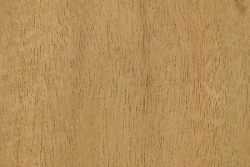
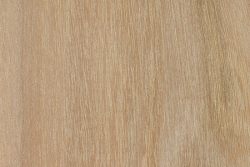
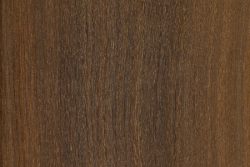
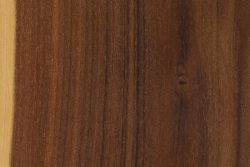
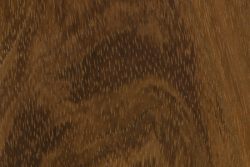

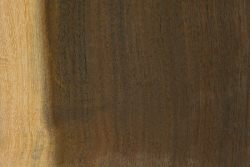
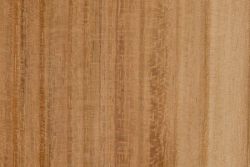
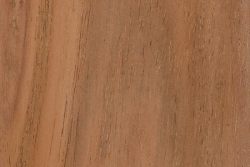
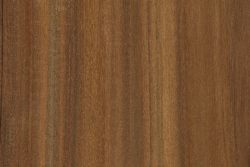
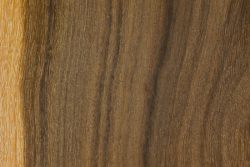
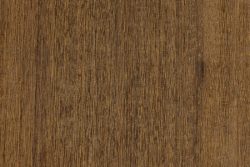
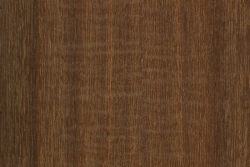
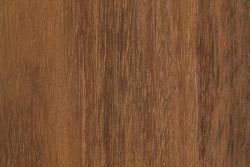

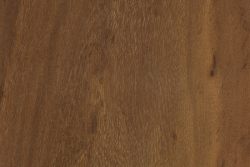
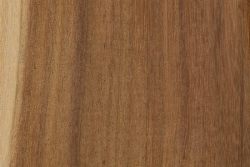
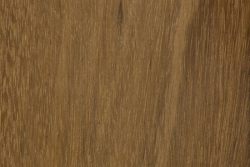
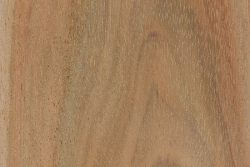
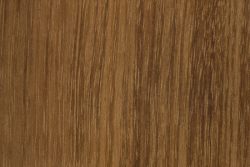
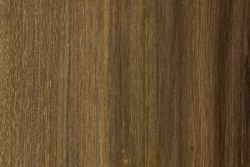
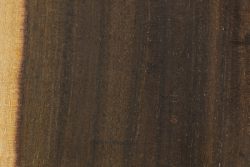
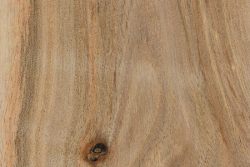
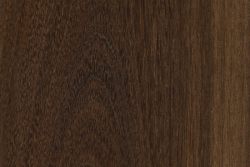
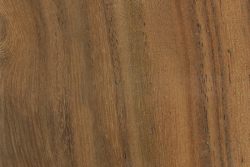
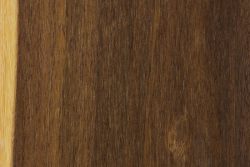
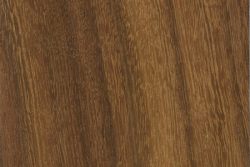
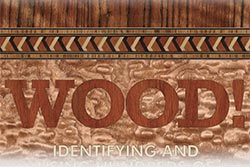
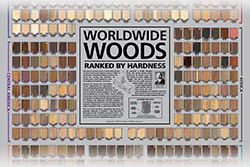
Acacia harpophylla was one of many species considered for starting a profitable farming sector in Western Australia. The trees would be used to collect acacia gum, which is widely used and almost exclusively produced in Sudan presently. Australian farmers are facing challenges from increased salinity in soil, preventing profitable farming of crops and livestock. With no grass to graze on, livestock tend to find poisonous plants out in the fields instead. Acacia species are capable of growing in high salinity soils and potentially play a role in reducing the amount present, restoring balance in the landscape. Acacia harpophylla is not… Read more »
It is uniquely identified by it’s smell when worked. It smells strongly of Violets. One of my favorite timbers to work with to be honest.
I think I have some if this wood. The wood is very dense/heavy and when I saw it, it makes a very fine yellow oily dust. When I shine a light on it it turns from brown to yellow.
The brown wood is very heavy and makes a yellow mustard dust when turning